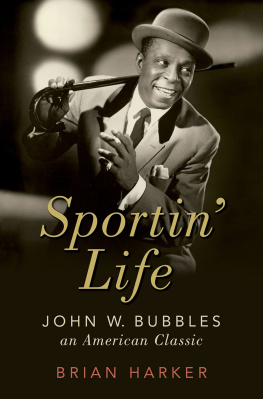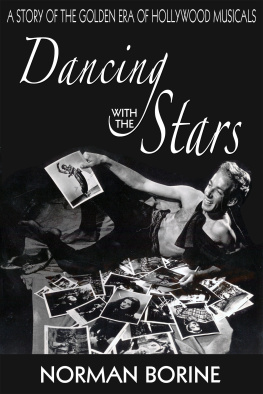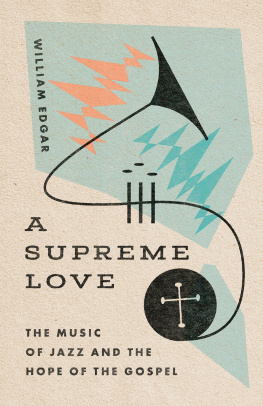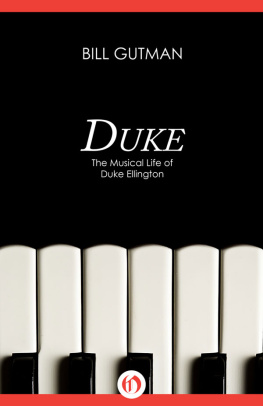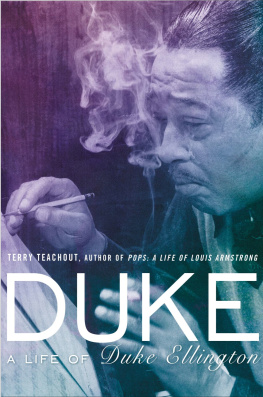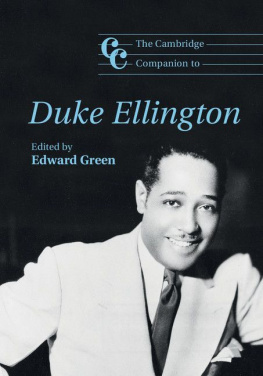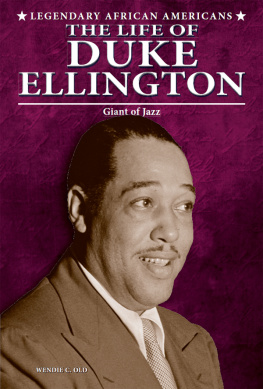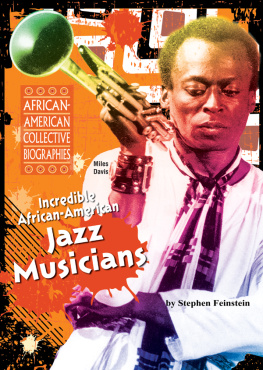Sportin Life
OXFORD CULTURAL BIOGRAPHIES
Gary Giddins, Series Editor
A Generous Vision: The Creative Life of Elaine de Kooning
Cathy Curtis
Straighten Up and Fly Right: The Life and Music of Nat King Cole
Will Friedwald
Music by Max Steiner: The Epic Life of Hollywoods Most Influential Composer
Steven C. Smith
Wendy Carlos: A Biography
Amanda Sewell
Cary Grant: The Making of a Hollywood Legend
Mark Glancy
Sportin Life: John W. Bubbles, An American Classic
Brian Harker

Oxford University Press is a department of the University of Oxford. It furthers the Universitys objective of excellence in research, scholarship, and education by publishing worldwide. Oxford is a registered trade mark of Oxford University Press in the UK and certain other countries.
Published in the United States of America by Oxford University Press
198 Madison Avenue, New York, NY 10016, United States of America.
Oxford University Press 2022
All rights reserved. No part of this publication may be reproduced, stored in a retrieval system, or transmitted, in any form or by any means, without the prior permission in writing of Oxford University Press, or as expressly permitted by law, by license, or under terms agreed with the appropriate reproduction rights organization. Inquiries concerning reproduction outside the scope of the above should be sent to the Rights Department, Oxford University Press, at the address above.
You must not circulate this work in any other form and you must impose this same condition on any acquirer.
CIP data is on file at the Library of Congress
ISBN 9780197514511
eISBN 9780197514535
DOI: 10.1093/oso/9780197514511.001.0001
For Sally
Contents
A Tuesday afternoon in early December 1976: Bing Crosby, about to make his first Broadway appearance in forty years, was rehearsing a final run-through before opening night. Color markers were taped to the stage floor to facilitate the blocking. When a performer asked his color, and was told blue, Crosby, who didnt need a marker, sang a few notes of Am I Blue (ahhh, Ethel Waters, he murmured to no one in particular), and walked over to his great pianist Hank Jones. Remember Buck and Bubbles? he asked. Of course he did. Crosby evoked a time when he heard Bubbles sing Am I Blue, and raised his voice half an octave to suggest his style. Jones laughed and played a few chords. Crosbythe same age as Bubbles, who rarely appeared in publictold a story about him that I could not make out, but the reverence in tone was as unmistakable as the wistful smiles.
Crosby loved Bubbles. In 1965, he turned a portion of televisions The Hollywood Palace over to him. They sang duets and Bubbles soloed on a gamut of songs from Stranger in Paradise to the Mickey Mouse Club theme song. But mostly, there was the dancing: the prodigious, cunningly rhythmic, emotionally expressive dancing. In his as-told-to memoir, Crosby wrote of working with him in an early-1930s stage show: Five times a day, seven days a week, Bubbles never danced the same routine twice, but always an inspired improvisation. As Brian Harker explains in this delightful and revealing biography, he also stressed the admiration that Fred Astaire had for him, yet never stated quite so explicitly: Astaire, Crosby wrote, considered John Bubbles to be the greatest soft shoe, buck and wing, or tap dancer who ever lived.
Most tap and other vaudeville-bred featured dancers smiled and focused on their steps, on the coordination of their body and limbs, their specialty turns and inventions. Bubbles was different. He imbued his dances with character-driven drama that defined the man, his confidence, his intransigent individuality. Famous for playing rogues, he is perhaps the only dancer to perfect a terpsichorean villainy, at once charming, witty, daring, irresistible. You cant ask for a better example than his celebrated solo flight in the 1943 Vincente Minelli movie Cabin in the Sky: a supremely ironic version of Shine, a song written in 1910 by Ford Dabney and Cecil Mack that plays with racial tropes and turns stereotypes on their head. Bubbles bounds around the set, menacingly inspired, flashing his derby, his eyes, his smile, and climaxing with one-legged spins and a perfect walk-off. He is accompanied by his partner of forty years, the pianist Buck Washington, and the orchestra of Duke Ellington, whose facial expressions reflect the joy that Bubbles invariably generated.
Seven years earlier, he had originated the consummate evildoer, Sportin Life, in the 1935 debut of Porgy and Bess. George Gershwin created the role for hima major role and the only one not played by an operatically trained singer: no one else had a tenor and an attitude as tantalizing and unyielding as Bubbles. Harker shows how Gershwin, determined to retain him, put up with his personal inclinations, which included a certain casualness about rehearsals. The composer ran interference between him and the rest of the cast, personally coaching Bubbles, who didnt read music. Yet he stamped the role for all time, creating a tradition of casting jazz and pop stylists in the part. When Leontyne Price and William Warfield recorded their version of the score in 1963, she convinced Bubbles to recreate it.
The Oxford Cultural Biographies series was launched with the idea of generating biographies of major figures whose stories had not been told. Even now, its difficult to believe that no one had published a life of John William Sublett, aka John W. Bubbles. He endures as an irreplaceable artist, an unrivaled force in the development of the art of tap dancing, whose life spans the evolution of modern entertainment from vaudeville to television. His story also uniquely illuminates the ongoing struggle for racial parity in the world of show business. Teamed with Ford Lee Buck Washington, Bubbles broke down one color bar after another. In Professor Harker, we have an ideal chronicler of Bubbles, his art, and his times. As a teacher of music history, he has focused on Black musical idioms; for one example, his 1999 article, Telling a Story: Louis Armstrong and Coherence in Early Jazz, is a standard work in contemporary musicology. A graceful writer and patient researcher, he has had access to a lengthy interview with Bubbles, an unpublished biography, and the personal archive of John Bubbles, housed at Brigham Young University. He has a riveting story to tell.
Gary Giddins,
Series Editor
1903 John William Sublett Jr. is born in Nashville
1910 Performs at airdome; moves to Louisville
1914 Moves to Indianapolis; acquires nickname Bubbles
1917 Returns to Louisville; meets Buck Washington, forms Buck and Bubbles
1920 Goes to New York; meets Nat Nazarro, plays Palace Theatre
1922 Triumphs at Hoofers Club
1927 Sunset Caf (Chicago); marries Viola Sullinger
1928 Held over second week at Palace
1929 Hugh Wiley comedy shorts for Path (films)
1930 First trip to England; Blackbirds of 1930 (revue)
1931 Ziegfeld Follies of 1931 (revue)
1933 Radio City Music Hall
1935 Porgy and Bess (opera)
1936 Second trip to England; BBC: first TV broadcast in history
1937 Varsity Show (film)
1938 Short-lived swing band
1939 First colored act on American TV

